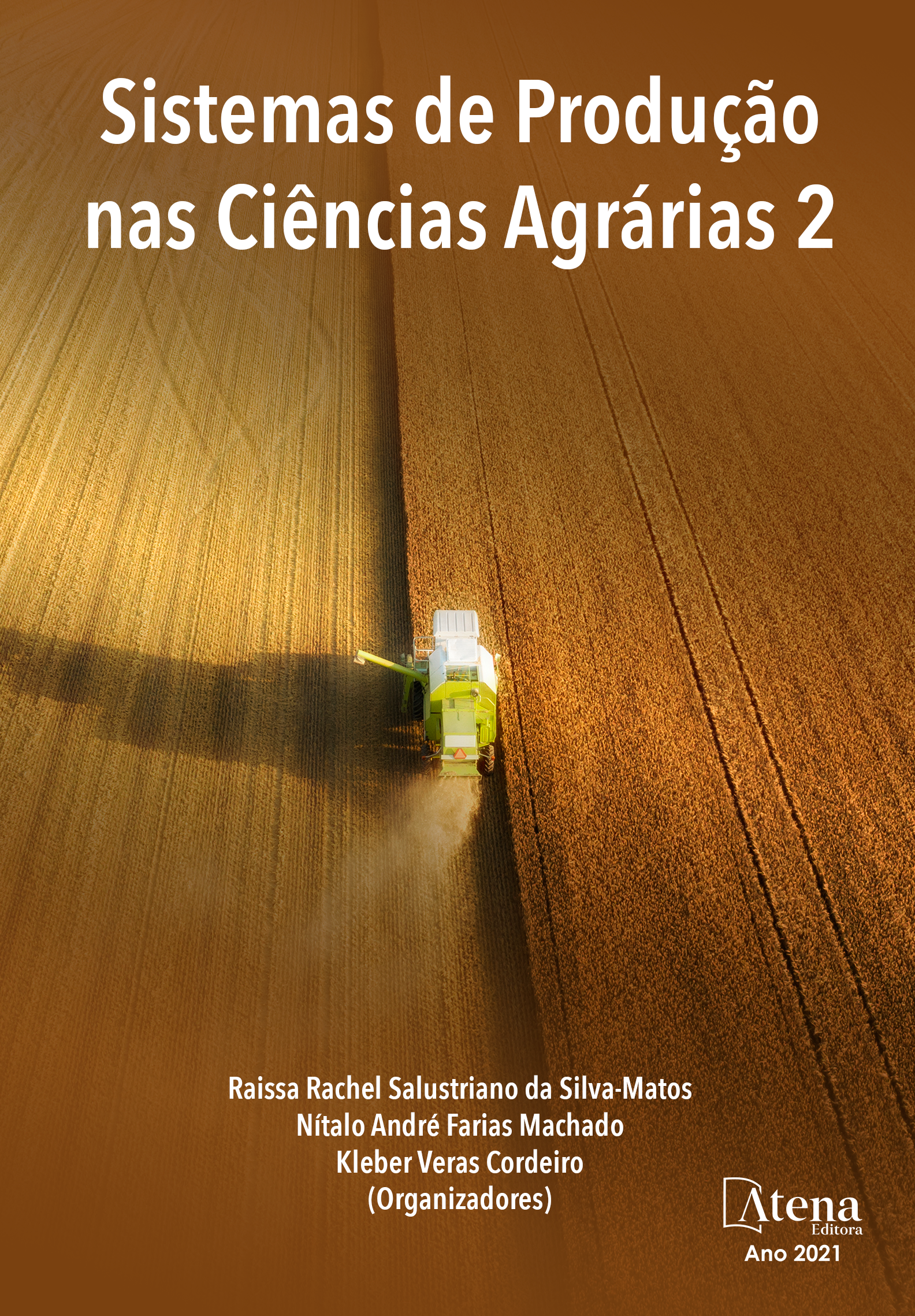
CARACTERIZAÇÃO MORFOLÓGICA DE POPULAÇÕES DE FISÁLIS (Physalis peruviana L.)
O objetivo do trabalho foi caracterizar populações de fisális de diferentes origens (Fraiburgo, Caçador, Lages, Camboriú, Colômbia e Peru) quanto à variação genética, segundo caracteres morfológicos. O delineamento experimental utilizado foi de blocos ao acaso com três repetições. Os caracteres morfológicos avaliados foram: rendimento total (RT), rendimento de frutos acumulados (RFA), número de frutos acumulados (NFA), massa média de fruto (MMF), diâmetro polar (DP) e equatorial (DE) e percentual de fruto rachados (PFR). Para testar as hipóteses foi realizada análise de variância multivariada, e posteriormente contrastes multivariados (entre populações). Para verificar a contribuição das variáveis utilizou-se os coeficientes canônicos padronizados. A análise multivariada revelou existência de variabilidade genética entre as populações avaliadas. A segunda função discriminante canônica captou 83% de variância acumulada nos autovalores e foi significativa (pr < 0,05). Todas as populações quando comparadas revelaram diferenças significativas, exceto a população de Lages vs. Colômbia e Camboriú vs. Peru. Este fato pressupõe que as populações mencionadas possuem caracteres morfológicos semelhantes em virtude da constituição genética delas. As variáveis que predominantemente contribuíram para distinção das populações foram: NFA, MMF e DP. Enquanto RFA e DE não contribuíram para a distinção das populações neste estudo.
CARACTERIZAÇÃO MORFOLÓGICA DE POPULAÇÕES DE FISÁLIS (Physalis peruviana L.)
-
DOI: 10.22533/at.ed.1202103025
-
Palavras-chave: variabilidade genética, seleção, qualidade de fruto, análise multivariada
-
Keywords: genetic variability, selection, fruit quality, multivariate analysis
-
Abstract:
The aim of the work was to characterize populations of physalis from different origins (Fraiburgo, Caçador, Lages, Camboriú, Colombia and Peru) regarding genetic variation, through morphological characters. The experimental design used was a randomized block with three replicates. The morphological characters evaluated were: total yield (RT), accumulated fruit yield (RFA), number of accumulated fruits (NFA), average fruit mass (MMF), polar (DP) and equatorial (DE) diameter and percentage of fruit cracked (PFR). To test the hypotheses, multivariate analysis of variance was performed, and subsequently multivariate contrasts (between populations). To verify the contribution of the variables, standard canonical coefficients were used. Multivariate analysis revealed the existence of genetic variability among the populations evaluated. The second canonical discriminating function captured 83% of variance accumulated in the eigenvalues and was significant (pr < 0.05). All populations when compared showed significant differences, except the population of Lages vs. Colombia and Camboriú vs. Peru. This fact assumes that the populations mentioned have similar morphological characteristics due to their genetic constitution. The variables that predominantly contributed to the distinction of populations were: NFA, MMF and DP. While, RFA and DE did not contribute to the distinction of populations in this study.
-
Número de páginas: 14
- Nicole Trevisani
- Paulo Henrique Cerutti
- Mauro Porto Colli
- Rita Carolina de Melo


